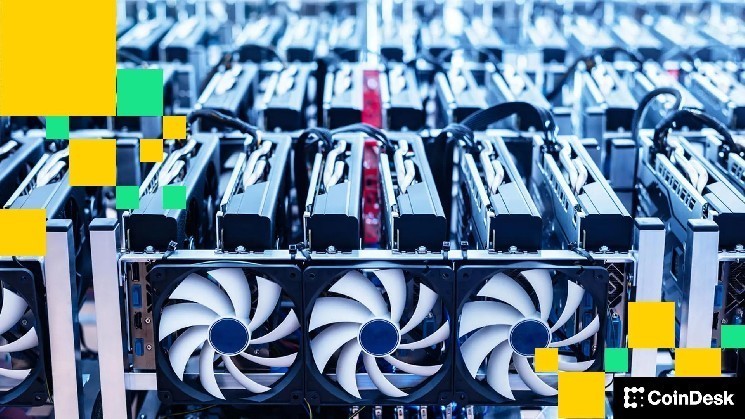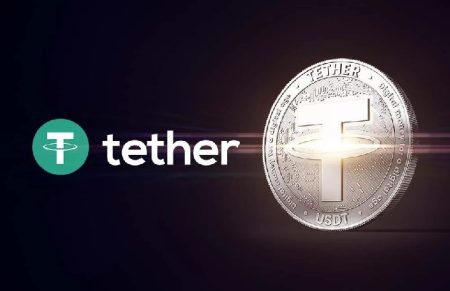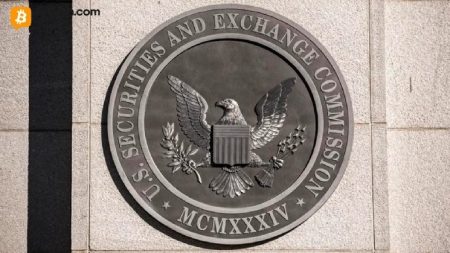Power Grid Constraints Forge Unlikely Alliance Between Bitcoin Miners and AI Developers
Bitcoin Mining Infrastructure Emerges as Strategic Asset in AI Expansion Race
In an unprecedented convergence of two cutting-edge technology sectors, Bitcoin miners are positioning themselves as crucial infrastructure partners for artificial intelligence developers amid growing power grid constraints across the United States. According to a comprehensive report released Friday by Wall Street broker Bernstein, the relationship between these formerly disconnected tech domains is rapidly evolving into a strategic partnership driven by necessity and mutual benefit.
The report highlights how Bitcoin miners, who secured substantial renewable energy contracts years ago, now control more than 14 gigawatts (GW) of power capacity—a resource that has suddenly become invaluable to AI companies facing critical infrastructure bottlenecks. This development marks a significant shift in how the cryptocurrency mining sector is perceived within the broader technology ecosystem, transitioning from energy-consumption critics to potential saviors of the AI revolution’s infrastructure needs.
“What we’re witnessing is a natural market response to scarcity,” explained Gautam Chhugani, who led the Bernstein analysis team. “Bitcoin mining operations that secured power agreements during periods of lower demand now find themselves holding golden tickets in an increasingly constrained power landscape.”
Grid Access Emerges as Critical Bottleneck in AI Development
The explosive growth in artificial intelligence and other digital workloads has created unprecedented demand for data center capacity, transforming electricity access into one of the most significant limiting factors in technological advancement. According to Bernstein’s analysis, new data centers in some regions are facing interconnection timelines stretching to a staggering seven years—a delay that threatens to severely hamper AI innovation and deployment schedules.
This power grid bottleneck represents an existential challenge for major technology companies committed to aggressive AI development timelines. Bloomberg recently reported that Microsoft, one of the largest infrastructure providers for AI development, expects data center shortages to persist through 2026 as cloud computing and artificial intelligence demand continues to outpace its infrastructure buildout capabilities. This shortage extends beyond physical buildings to the fundamental power resources needed to operate advanced computing systems.
The constraints affecting even the largest technology companies with vast resources highlight the systemic nature of the challenge. Grid capacity expansion requires coordination between utilities, regulators, and often multiple levels of government—processes that cannot be expedited simply through financial investment. This regulatory and physical reality has created an opportunity for Bitcoin miners to leverage their existing infrastructure in ways few would have predicted even a year ago.
Bitcoin Miners Offer Critical Shortcuts to AI Scale
In this constrained environment, established Bitcoin mining operations have emerged as an unexpected solution for AI companies looking to accelerate their deployment timelines. Bernstein’s analysis reveals that existing mining sites owned by companies like IREN (Iris Energy) and Riot Platforms can reduce AI infrastructure deployment time by up to 75% compared to starting from scratch with greenfield projects.
“Bitcoin miners have essentially pre-built the foundation that AI now desperately needs,” noted Chhugani’s team. “These facilities already operate at high power densities and feature sophisticated cooling systems that can be retrofitted for high-performance AI workloads far more quickly and cost-effectively than constructing entirely new facilities.”
The technical compatibility between mining and AI infrastructure is particularly noteworthy. Both operations require significant power delivery systems, robust cooling solutions, and physical spaces designed for high-density computing. This alignment means that a Bitcoin mining facility can transition to supporting AI workloads with relatively modest modifications compared to the time and expense of developing new infrastructure from the ground up.
Strategic Convergence Creates Market Opportunity
Bernstein’s recognition of Bitcoin miners as “strategic enablers” of the AI buildout signals a fundamental shift in how Wall Street evaluates these companies. The broker specifically identified IREN as its top pick in the sector, assigning an outperform rating and a $75 price target—a significant vote of confidence that was reflected in the company’s 5.7% rise in early trading Friday to approximately $67.50.
This positive market response reflects growing investor recognition that Bitcoin mining companies possess valuable assets beyond their cryptocurrency production capabilities. Their infrastructure, power contracts, and operational expertise represent a strategic portfolio that could diversify revenue streams while providing essential services to the rapidly expanding AI sector.
“What we’re seeing is a natural evolution in how these companies are valued,” explained an industry analyst familiar with both sectors. “Bitcoin miners are transitioning from being evaluated purely on their cryptocurrency production metrics to being recognized as infrastructure companies with strategic assets in a power-constrained world.”
The market capitalization of publicly traded Bitcoin mining companies is approaching $90 billion, indicating substantial investor confidence in this strategic repositioning. This valuation surge represents not just optimism about Bitcoin’s price trajectory but recognition of these companies’ broader infrastructure potential.
Long-Term Implications for Technology Infrastructure
The convergence between Bitcoin mining and AI infrastructure points to a more fundamental reshaping of how computing resources are developed and deployed in an increasingly power-constrained environment. As digital workloads continue to grow exponentially while grid capacity expands incrementally, creative solutions that leverage existing infrastructure will become increasingly valuable.
This trend may accelerate the development of more flexible computing infrastructure designed to support multiple types of workloads depending on market conditions and power availability. Bitcoin mining operations have already pioneered demand response programs that reduce consumption during grid stress periods; this expertise could prove valuable for managing the variable needs of AI workloads as well.
Looking forward, this collaboration between sectors could drive innovation in energy efficiency, cooling technologies, and distributed computing architectures. The financial incentives for Bitcoin miners to maximize the value of their power contracts and physical infrastructure will likely accelerate research and development in these areas, potentially yielding breakthroughs that benefit the broader technology ecosystem.
As this strategic realignment continues, both sectors will likely develop deeper operational integration, potentially blurring the lines between cryptocurrency infrastructure and general-purpose computing resources. This evolution represents not just a short-term market opportunity but a fundamental shift in how computing infrastructure is conceptualized, developed, and deployed in a world where power availability increasingly determines the pace of technological advancement.
In this new landscape, Bitcoin miners appear positioned to play a crucial role not just in blockchain validation but in the broader advancement of computational capabilities—a role few would have anticipated when they first began securing renewable power contracts years ago.















